Honda/Acura NSX: Honda’s Original Supercar
Updated and Revised Third Edition
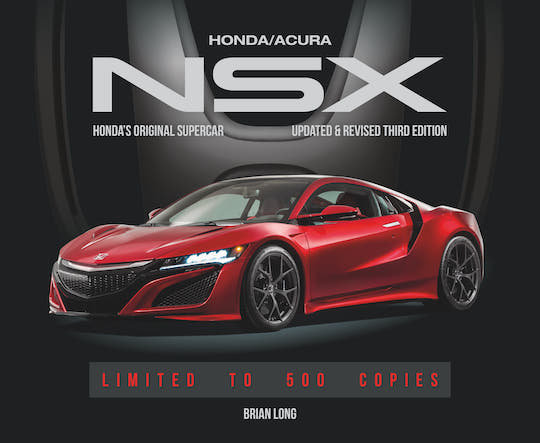 by Brian Long
by Brian Long
“First shown at the 1989 Chicago Show, the NSX eventually went on sale in the summer of 1990. Loved by the motoring press, the NSX took the world by storm with its good looks and F1 breeding. It continued as Honda’s top model following a face-lift, and duly secured its position as one of the best cars ever to come from the Land of the Rising Sun. After a protracted birth, the original NSX gave way to a new generation of NC models, different in many ways, but definitely worthy of the hallowed nameplate. These too, have now reached the end of their production run.”
These are the the very words with which the book begins. They sound just right—except that anyone who had eyes to see what was on the road during the NSX years will think they must be living in a parallel universe. Consider another quote, halfway through the book, by motoring writer/editor John Pearley Huffman who has become a fixture since but was just about starting out when he wrote this, in Motor Trend magazine: “We hope the NSX is around for decades, constantly evolving, gaining muscle, technology, and imaginative variations as if it were a Japanese Porsche 911. That leaves the tantalizing question: how good, how fast, will this brilliant car be when it’s 30 years old?”
Hah. If there is a “tantalizing” question, it is this: now that those 30 years have come and gone, how did the NSX fare? (And is anybody asking that question of the 911?) Per Honda’s own figures, the 1990–2005 Gen 1 model sold 18,896 units (in fifteen years!) and the 2016–2022 Gen 2 cars sold a mere 2927. You did observe that there’s a decade-long gap between the two models, yes? The Gen 2 numbers are even worse when you consider that the purpose-built US factory was set to crank out a minimum of 800 cars a year and “significantly more in the first three years.”
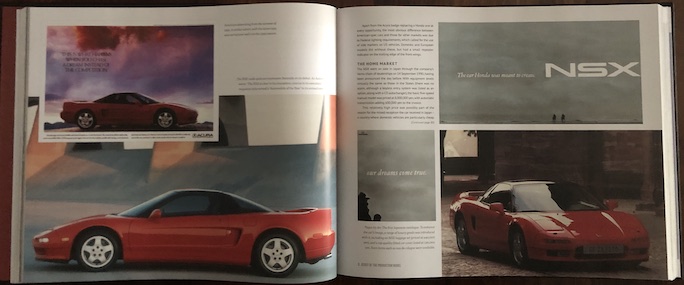
The marketing people dug deep: “It’s what happens when you chase a dream instead of the competition.” “The car Honda was meant to create.” “Our dreams come true.” The best laid plans . . .
So what happened?? The book won’t answer the question, in fact doesn’t even pose it although Long does allow that sales have “not amounted to anything like expectations.”Now, Brian Long is a seasoned industry observer and eminently capable thinker. Not irrelevant to this particular book, he lives in Japan and has a Japanese wife so neither language nor geographical/cultural barriers would keep him from getting the straight dope from the principals. In fact, quite a few of them have made themselves available for this book, most notably Chief Engineer Shigeru Uehara (also Honda S2000). As far as they, and Long, are concerned, the NSX fulfilled its mission and there is no cause for hand-wringing: it was an image booster, a halo car, it fit well with Honda’s serious motorsports credentials. And those are the aspects the book does explore, very nicely too, and with lots of visual aids that you would be hard-pressed to source on your own such as foreign-market sales and promo brochures.
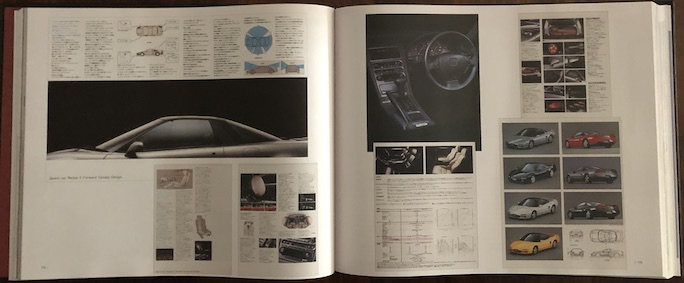
NSX marketing material was heavy on the technical bits.
The latter are a fundamental building block of Long’s books and the point in reproducing them, often pages at a time, in their various native languages and reduced in size rendering the text barely legible (as above), is to show that they exist at all and what they looked like, much like a list of, say, market-specific options or specs. Incidentally, there are no actual lists enumerating the latter but they are discussed in the text so you’ll want to have pen and paper at the ready and make your own. (There is, however, an Index.)
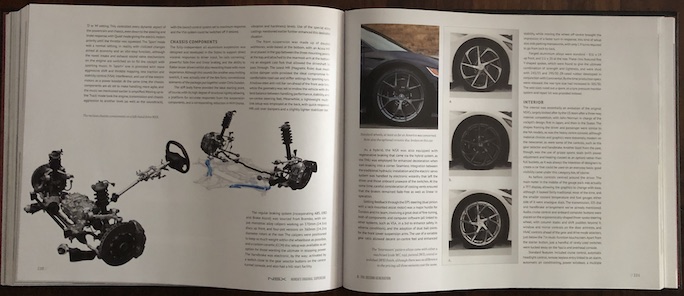
If the foregoing sounded grim, it wasn’t meant that way at all: this is a very fine book. Besides, it’s not as if there are any others, which is a puzzler in itself, aside from the Brooklands Portfolio road test compilations (cf. Honda Acura NSX Ultimate Portfolio 1989–2005; ISBN 978-1855208872). Heretofore, it had been Long’s own previous two NSX books that had been the standard-bearers, the first in 2014 before the Gen 2 model had come out, and then revised/updated for 2020. This 3rd edition is now revised/updated again, adding another 60-odd pages to bring the story up to 2022. This time the book is limited to a mere 500 copies available only from the publisher direct (although they have of course trickled into other marketplaces). The oversize coffee table-format (landscape, 10 x 12″) is very unusual for this publisher. Talk of a Gen 3 electrified NSX will not die so there may be further editions called for.
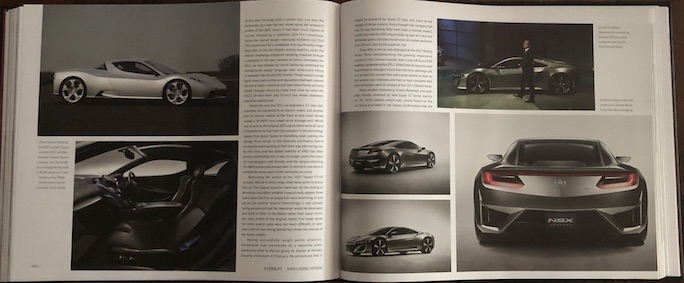
After it was curtains for the first generation of NSX there came the Dualnote 2+2, then the HSC shown here which was indeed the blueprint for the second generation of NSX even if that would turn out to be another several years away. And somewhere in between this is the Acura ASC—all is covered here.
After opening with a recap of Honda history, Long draws attention to the bigger picture prior to the NSX launch. It needs to be remembered that there was a time that Japanese cars were not taken serious in the global market, with luxury and sporting cars all but unknown. In fact, Honda didn’t launch its luxury and performance division—a first for a Japanese automaker—until 1986, under the Acura label. The book makes a solid case for a car like the NSX whose objective qualities—engineering, design, innovation, performance, creature comforts, reliability and, yes, price—had all the winning ingredients to make it “the everyday supercar” the drivers of the world would snap up. None other than Gordon Murray, designer of the superest of supercars, the McLaren F1, is quoted as saying that he benchmarked the NSX, in fact thought it so competent that he owned one for several years clocking some 75,000 km! Quotes from the global motoring press paint the same picture, and let’s not forget that one Ayrton Senna had a hand in development.
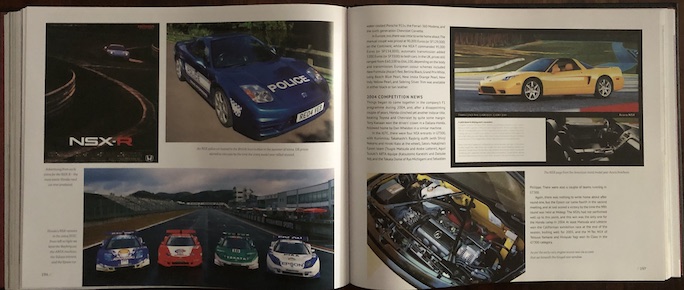
The book explains design ideas, materials, manufacturing parameters, marketing considerations, the reason/s for the long gap between the first and second generation, and of course motorsports activities. Given Honda’s full cooperation it is very much an insider’s story, hitting all the relevant talking points . . . except that elephant in the room; see above. Actually, there is one other aspect missing that’s normally in a Long book, owner experiences. Ergo no mention of such practical information as the NSX’s shocking consumption of expensive rear tires which were severely cambered in order to “idiot proof” the car when overzealous drivers overcooked it.
Copyright 2024, Sabu Advani (speedreaders.info)


 RSS Feed - Comments
RSS Feed - Comments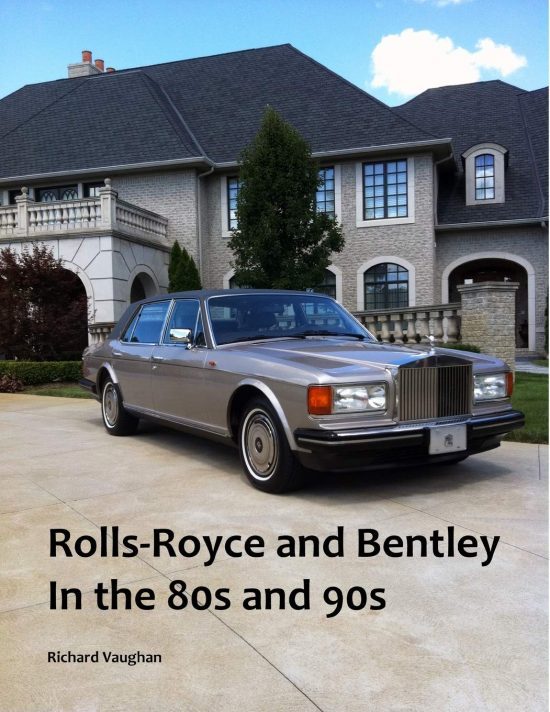


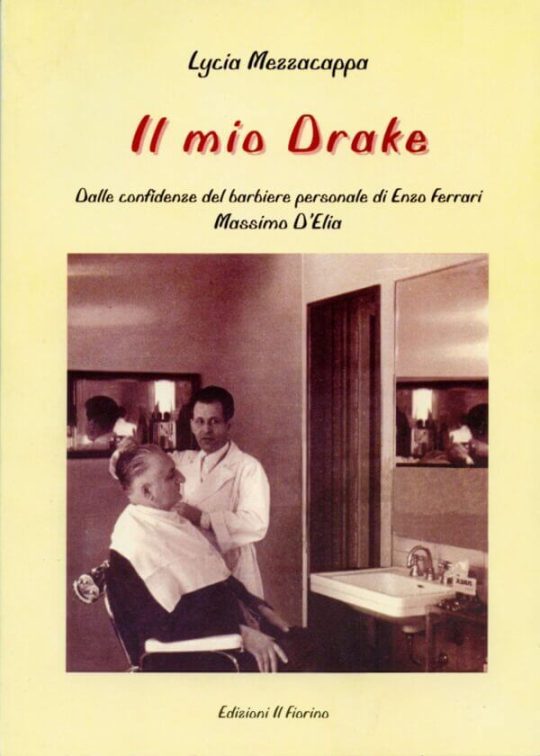
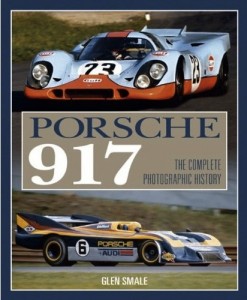
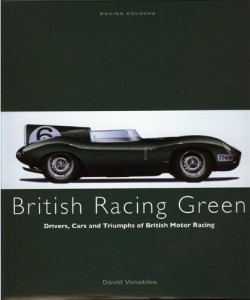

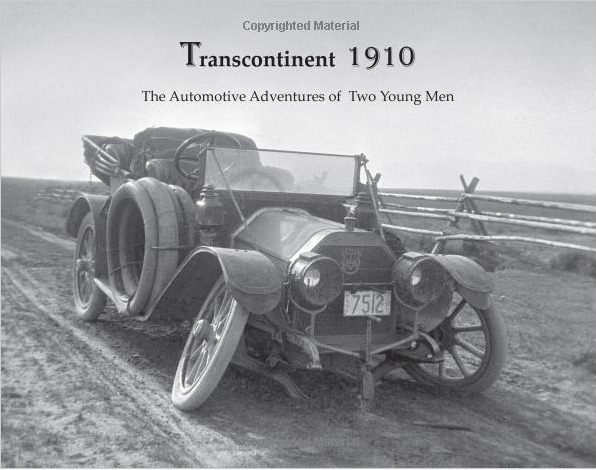
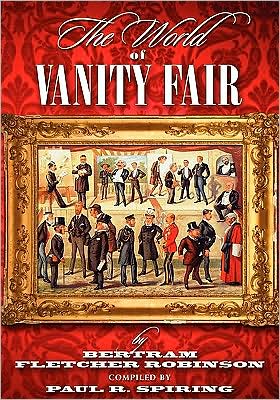
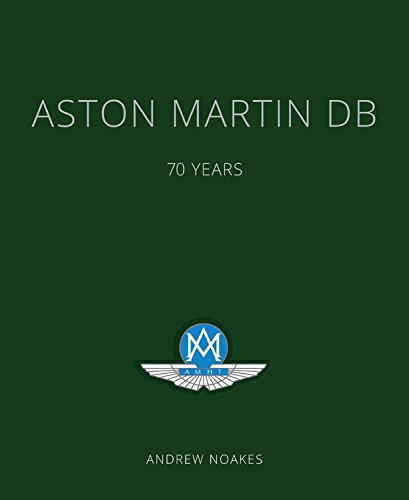
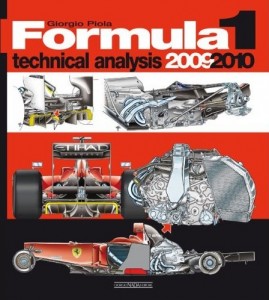
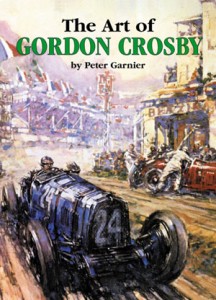

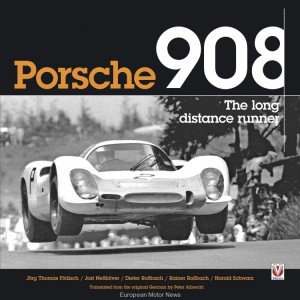
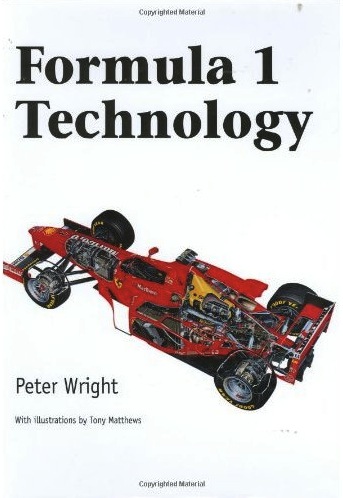
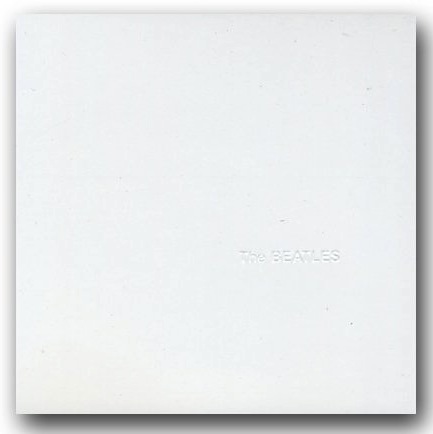
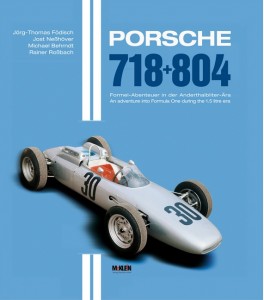
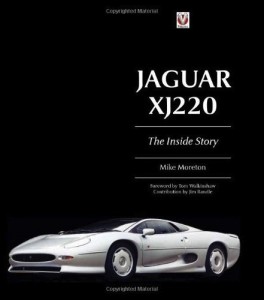
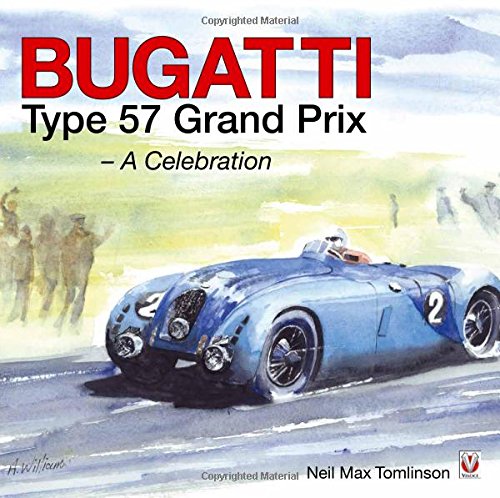
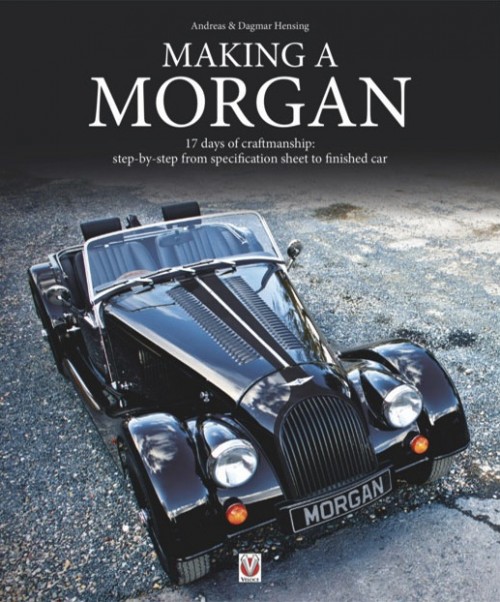

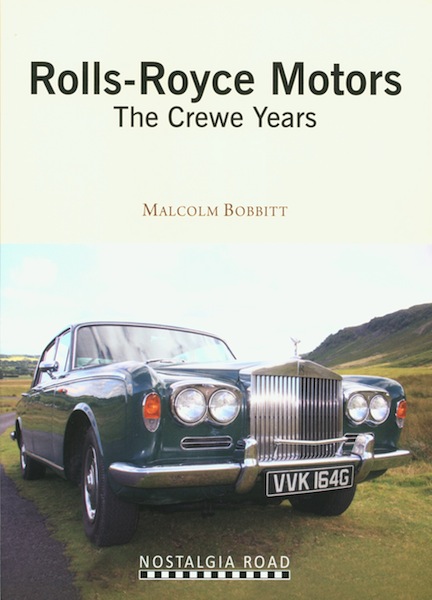

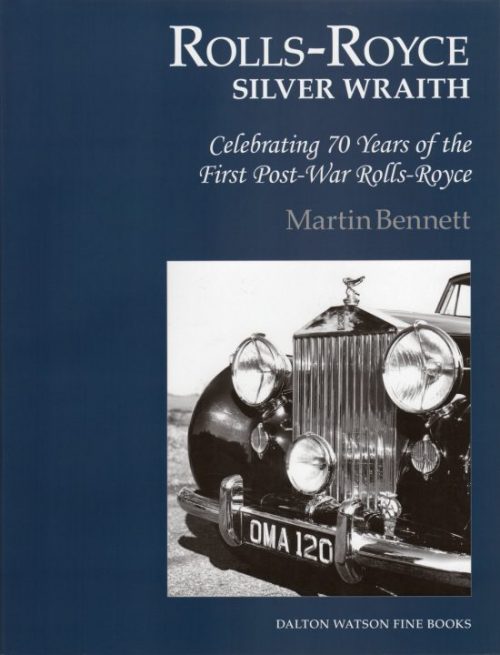
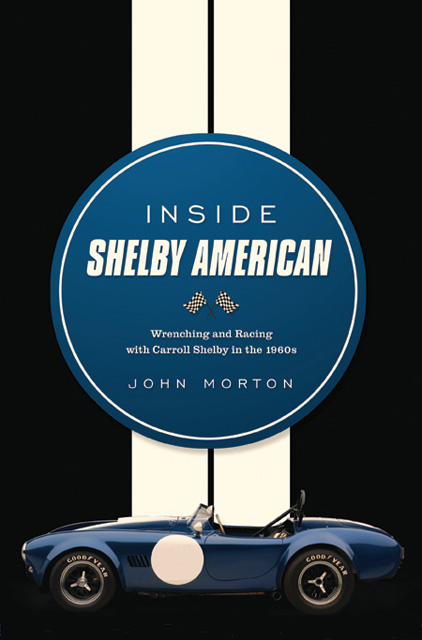
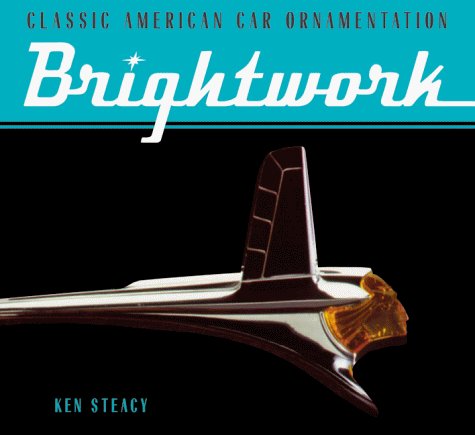
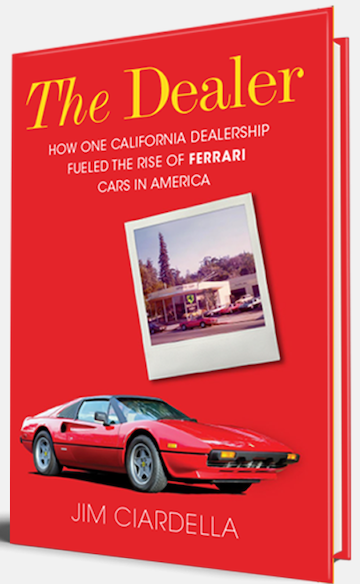
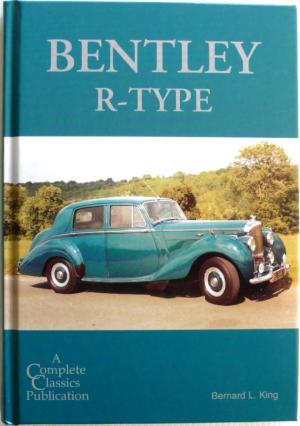
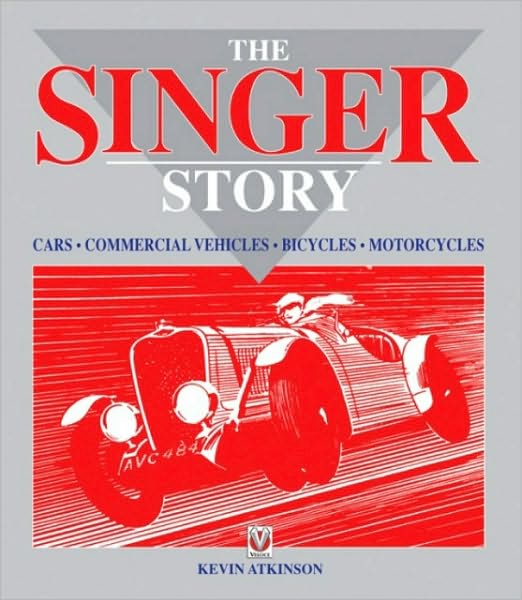
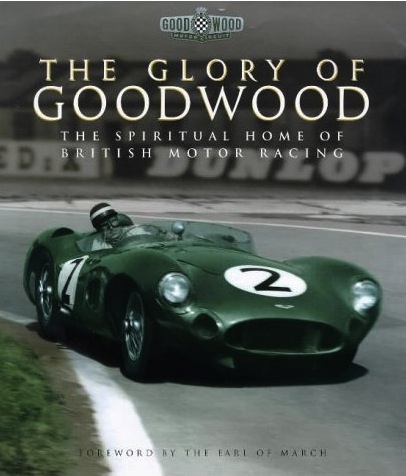

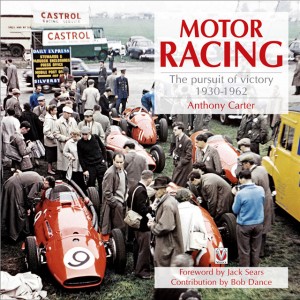
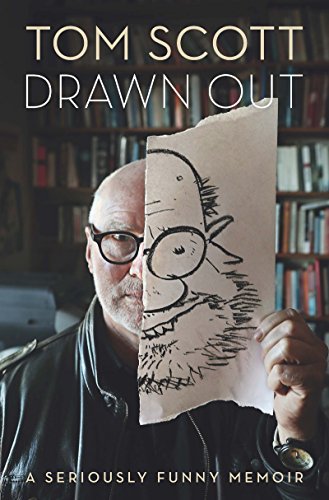


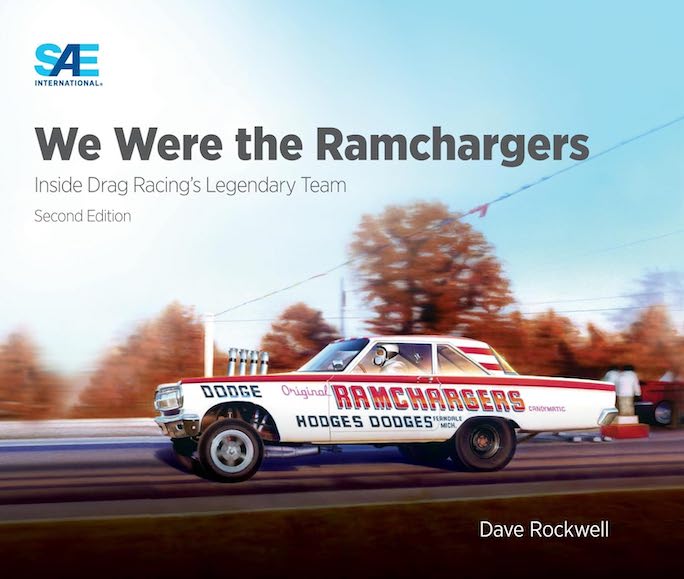

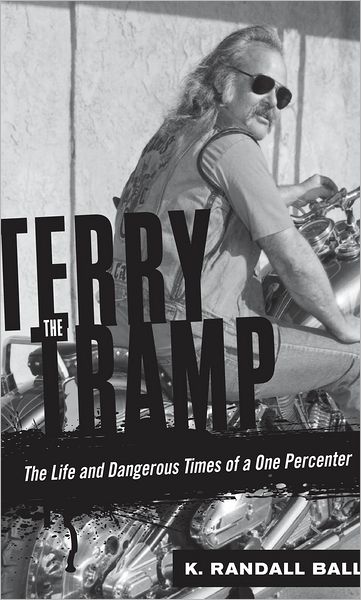


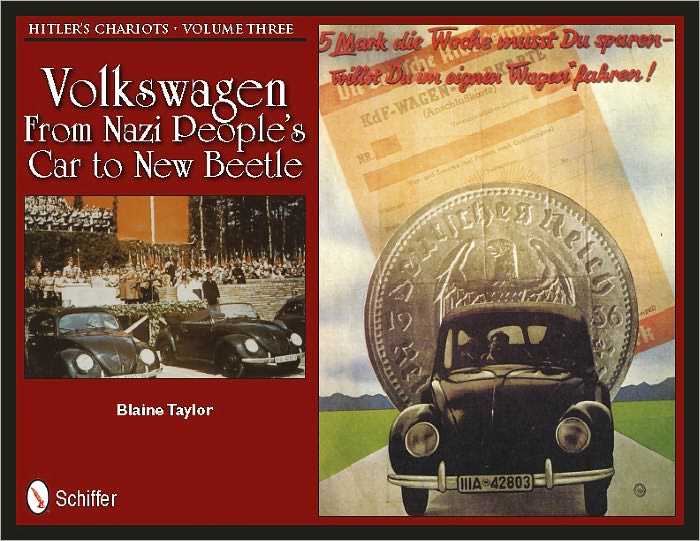
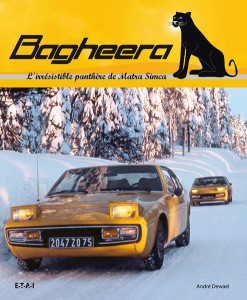
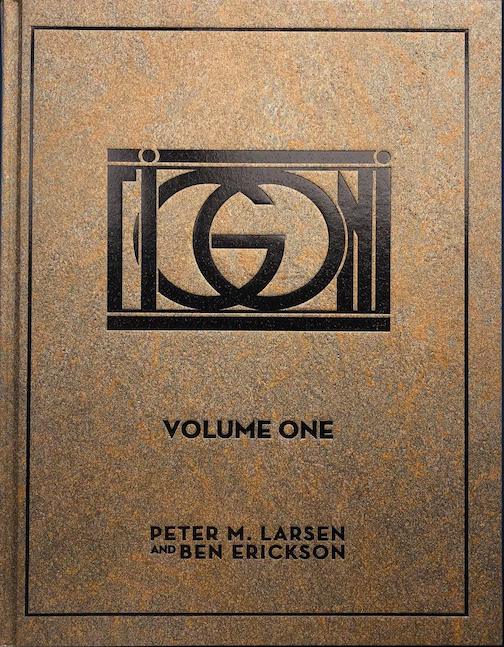





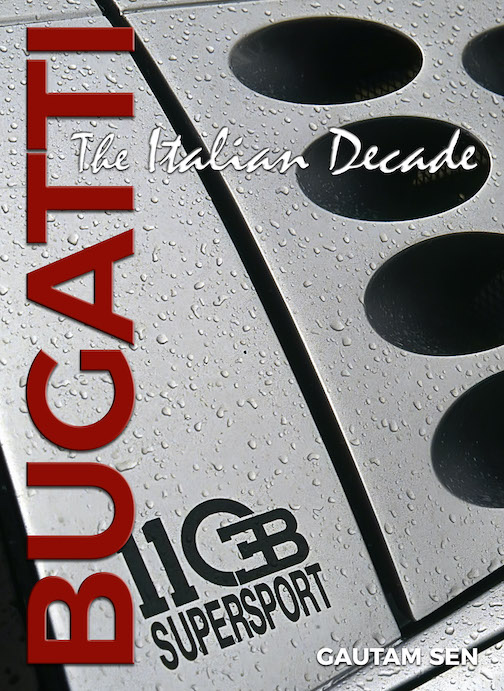
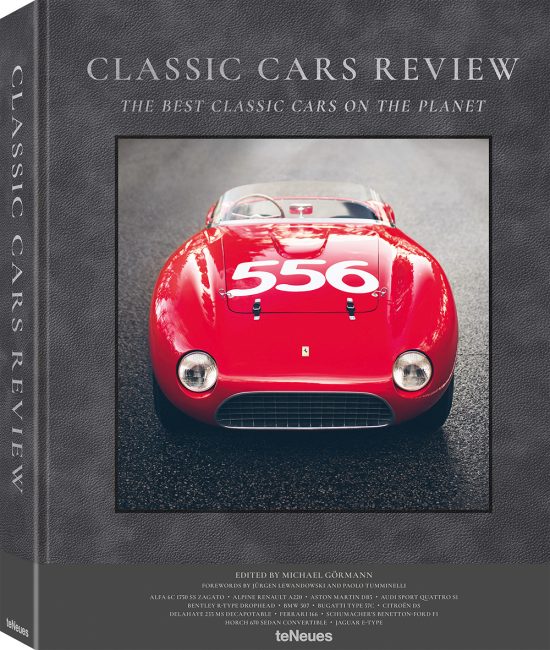

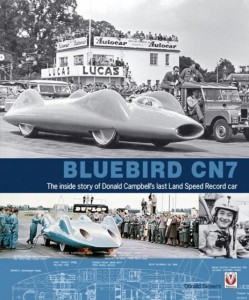

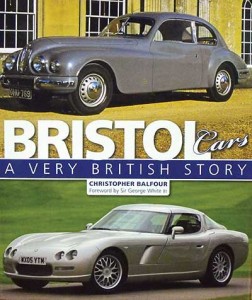

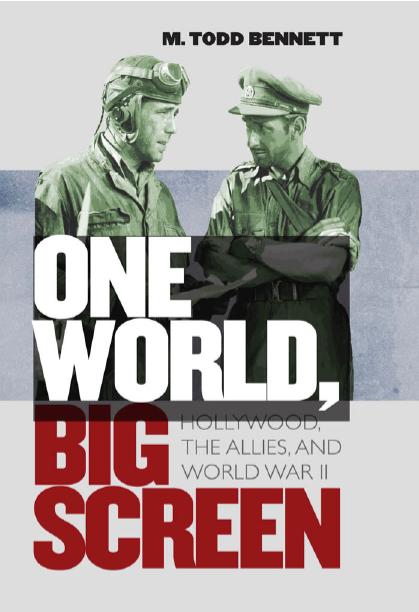
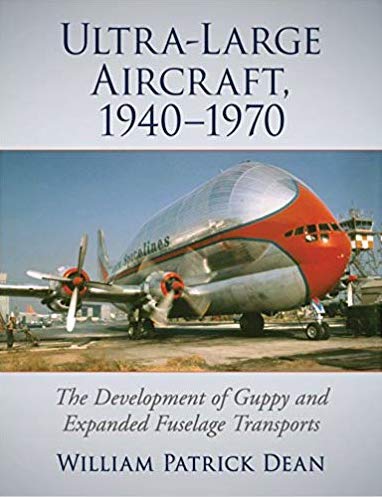
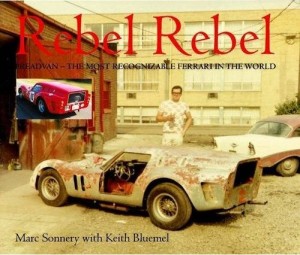
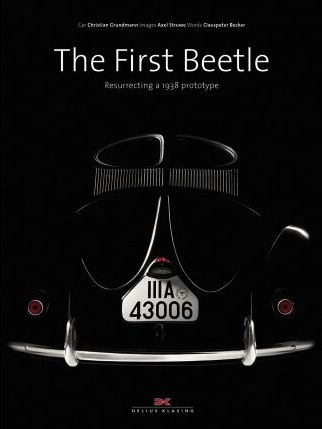
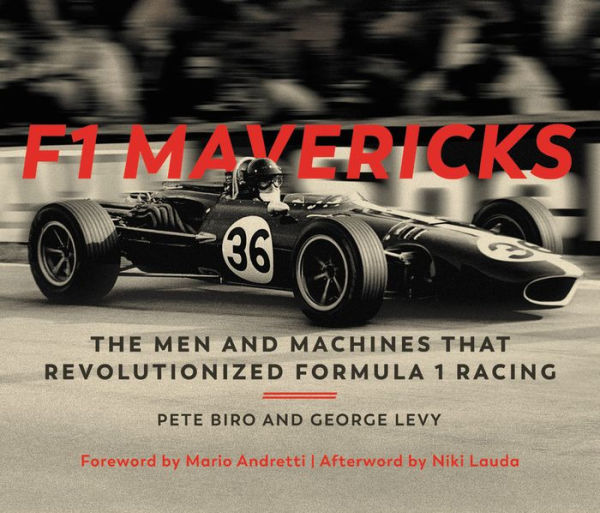
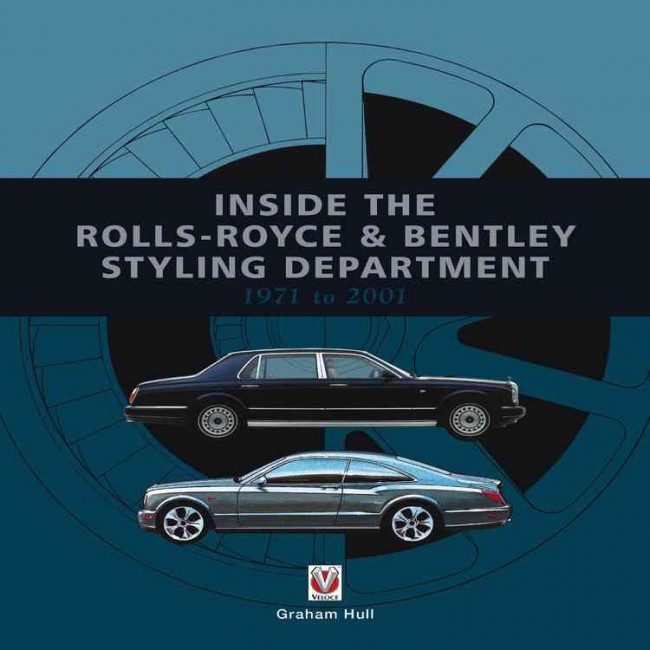
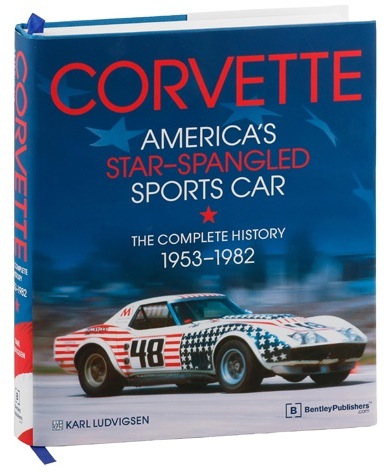
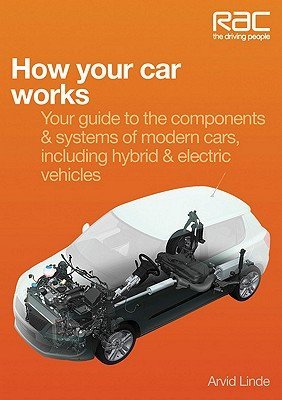
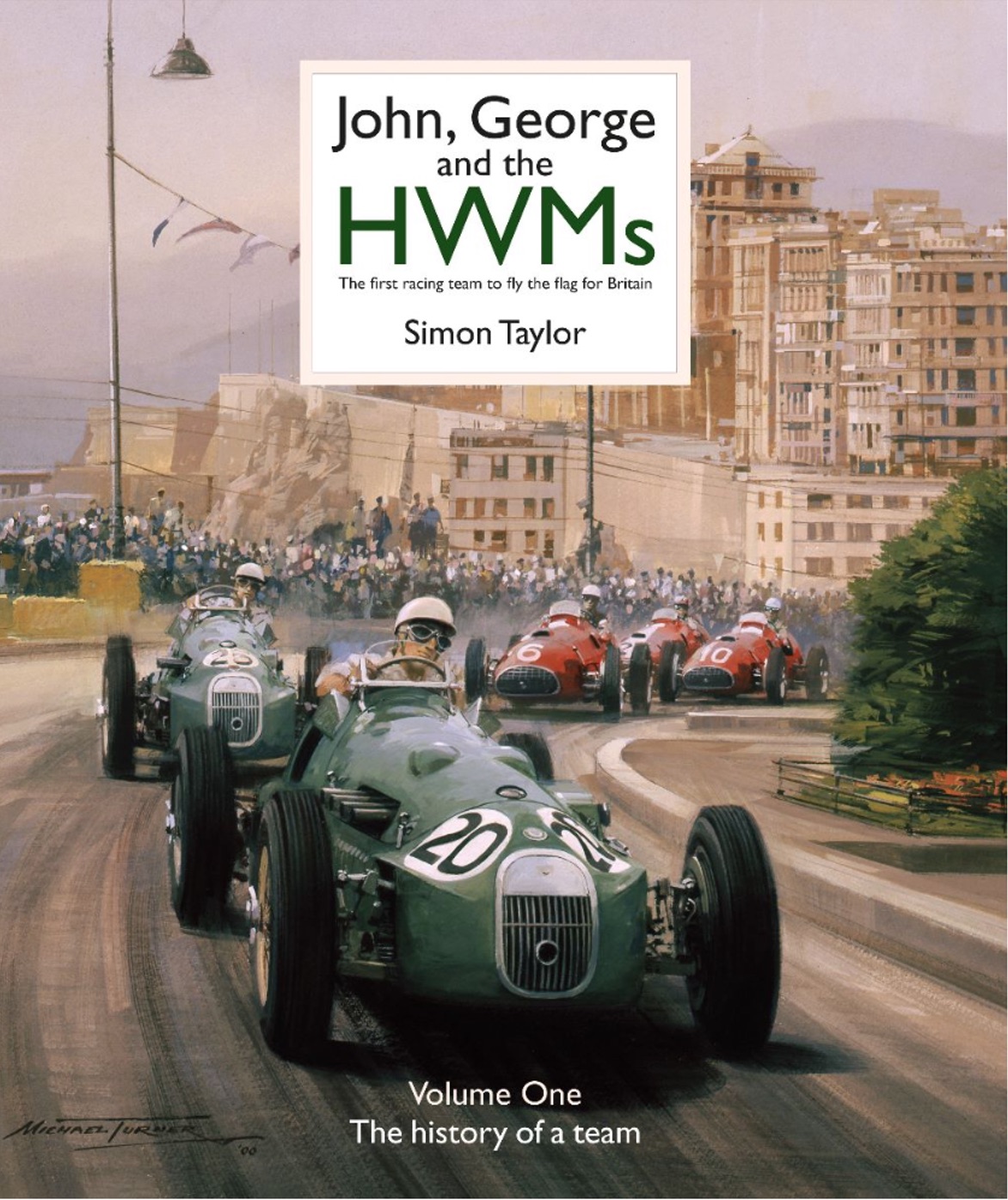

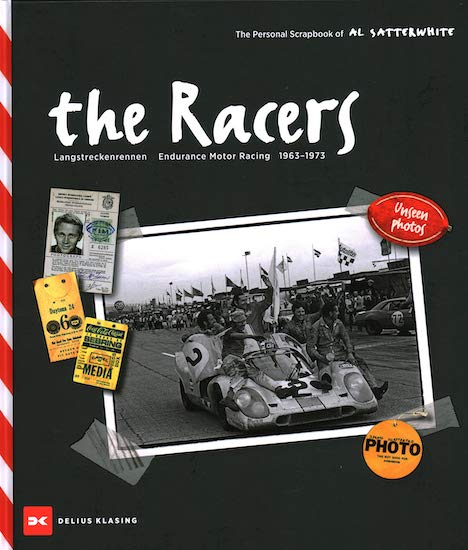
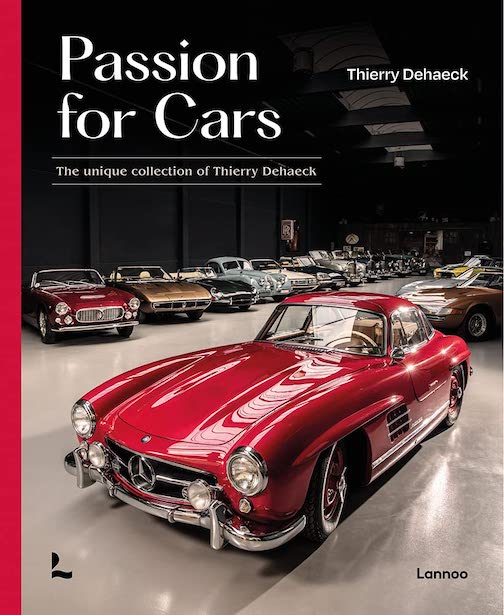

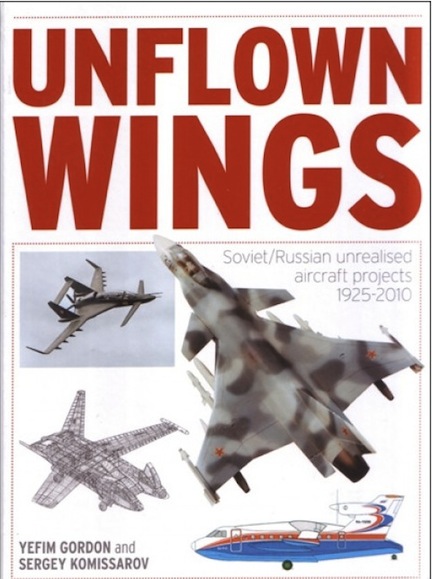


 Phone / Mail / Email
Phone / Mail / Email RSS Feed
RSS Feed Facebook
Facebook Twitter
Twitter